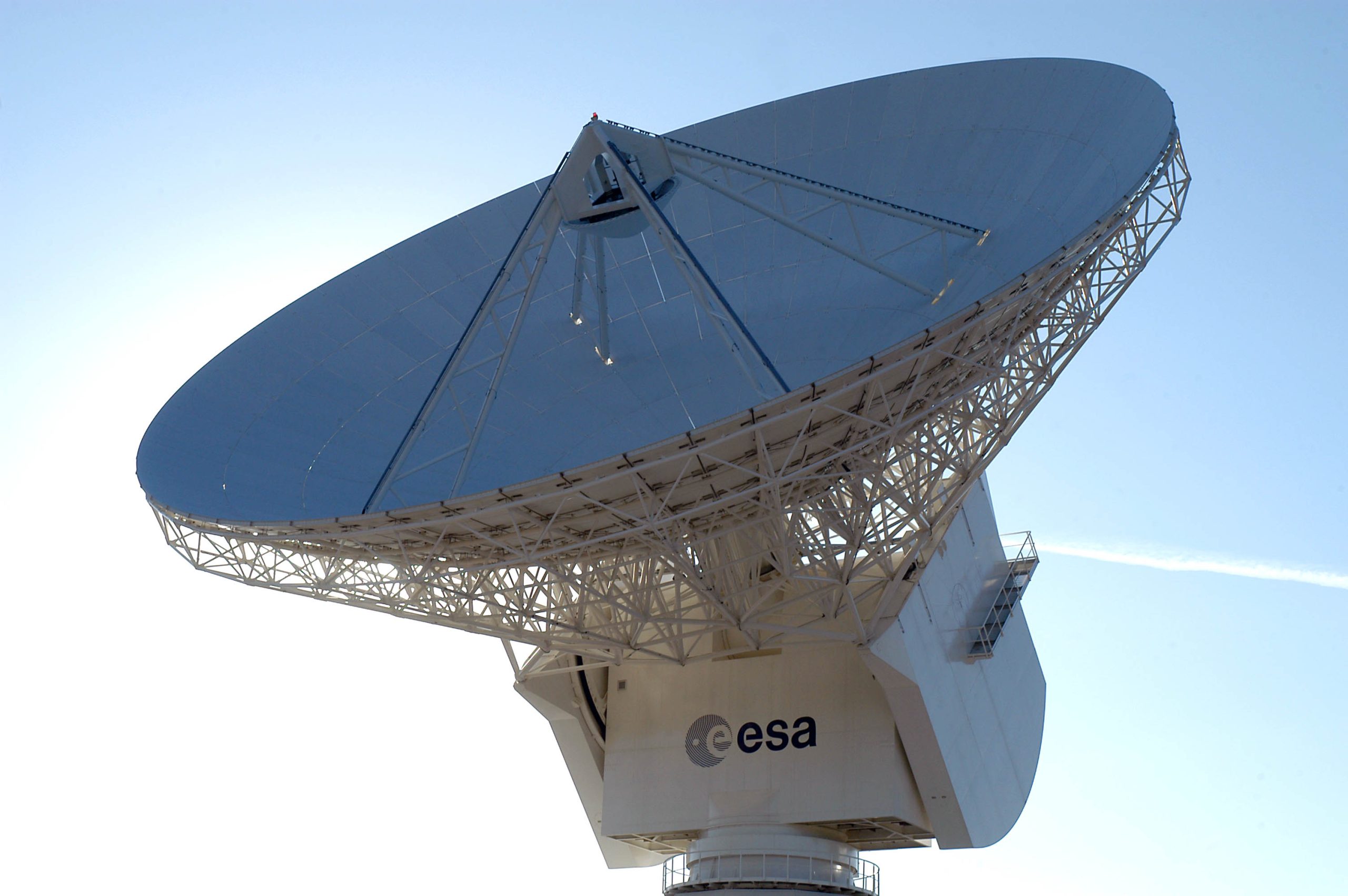Tag: Deep Space Stations
A milestone achieved for the ESA deep space antennas upgrade
In the frame of the recent 5-years contract awarded by ESA in order to provide the new generation of cryogenically cooled feed receivers for Deep Space Stations, Callisto has achieved a milestone.
Callisto was awarded a 5 years contract to upgrade ESA deep space antennas with latest generation of Callisto cryogenic receivers
Since the first developments of Cryogenic LNAs in S- and Ka-Band in 1999 for ESA Deep Space Station (DSS) in New Norcia (Australia), Callisto has acquired know-how and develop breakthrough technology to regularly improve reception performance for all ESA Deep Space Stations in New Norcia, Cebreros (Spain) and Malargüe (Argentina).
Callisto congratulated by ESA for its support for Euclid Mission
Cebreros and Marlaguë Deep Space stations equipped with 26 GHz downlink capability are now enabling the transfer of massive amount of scientific data to Earth.
Callisto successfully developed an X band cryo-cooled feed prototype for ESA Deep Space Stations
Since the first developments of Cryogenic LNA in S- and Ka-Band in 1999 for ESA Deep Space Station (DSS) in New Norcia (Australia) followed by 2 other Cryogenic LNAs in X- and Ka-Bands for ESA DSS in Cebreros (Spain) and Malargüe (Argentina), Callisto has acquired a know-how and continues to improve its products with disruptive innovations.
Today, Callisto is proud to announce the development of a new X-Band cryo-cooled feed prototype for ESA DSS.
Study on future architectures of ESA deep space stations
The objective is to study and investigate solutions for building ground stations for future Deep Space missions for exploration of the outer reaches of the solar system.In the coming decades ESA is planning to send spacecraft to explore the planetary systems of Jupiter and Saturn.In order to communicate with spacecraft at distances of up to 1 billion kms from the Earth, a new generation of Ground Stations will be required with much greater sensitivity in reception and power for transmission.






